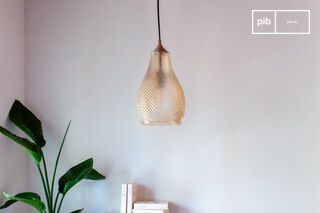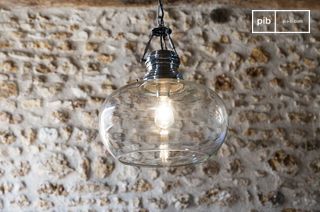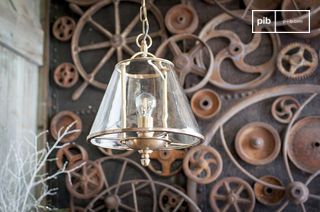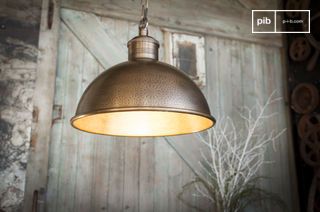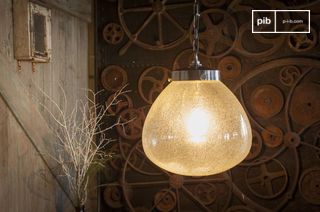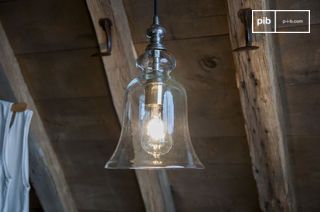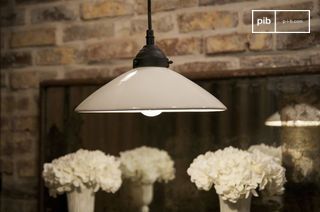Bohemian pendant lights
Bohemian suspension fixtures bring a contrast of materials and textures to any space. Their natural fiber structure, braided or openwork, modulates light and influences the perception of volumes. A bohemian pendant is best positioned in an airy environment, where its formal irregularities remain legible. It produces an indirect, slightly filtered light, suitable for a room where people relax or pass through. Visual balance depends on clear positioning and coherence with surrounding materials.
read more >Filters
10 festive days
10% off our tables and consoles
Welcome your guests in style · Limited stock

The specifics of a boheme suspension
A boheme suspension is distinguished by its natural materials rattan, bamboo, wicker, jute and by its often handcrafted or semi-handcrafted manufacture. These characteristics directly influence the shape, weave and lighting effect of the luminaire. Unlike technical or metal suspensions, they produce a subdued light, often directed sideways or upwards, depending on the density of the mesh. The aim is not precision but diffused homogeneity. They are ideal for rest areas, transitional spaces or rooms with a predominantly textile or plant theme. The boheme suspension acts as a light volume in space, visible but non-intrusive.
Materials, weave and visual impact
The luminous rendering depends strongly on the weaving method and material density. A tightly woven mesh diffuses soft, filtered light, without marked projection. A more openwork structure creates domed plays on the ceiling or walls, useful for punctuating a sparsely furnished space. The color of the material also has an influence: light shades reflect more light, while rough or dark fibers partially absorb the flux. A boheme suspension works best with a visible filament or warm light (2700 K) bulb, which enhances the perception of materials without unbalancing the whole.
Placement and articulation with the environment
For a boheme suspension to retain its role as a structuring element, it must be precisely positioned: above a low piece of furniture, centered in a niche, or in series to accompany a visual axis. It can also highlight a deliberate shift in a very orthogonal interior. Combining this type of suspension with other natural materials such as linen, light wood or matt ceramics enhances legibility. It's advisable to limit the use of shiny metal elements in close proximity, which would create too strong a textural contrast. Here, suspension is not a visual accent, but a regulator of spatial rhythm.
A well-placed and well-proportioned Bohemian suspension helps to stabilize the reading of space without imposing a style. It acts through material presence and light modulations.
A bohemian suspension, well placed and well proportioned, helps to stabilize the reading of space without imposing a style
